Create FTP Accounts in Your Linux Hosting using cPanel
Introduction
FTP accounts are essential for the seamless management of your website files. This exhaustive guide delves into how you can easily create, manage, and delete FTP accounts on your Linux Hosting via cPanel.
Section 1: Accessing cPanel
Login to cPanel: To start, you need to access your cPanel account. You can do this by appending '/cpanel' to your domain name (e.g., https://<your-domain-name>/cpanel) or via the link provided by our Support Team. Use your username and password to log in, as illustrated in Figure 1 below.
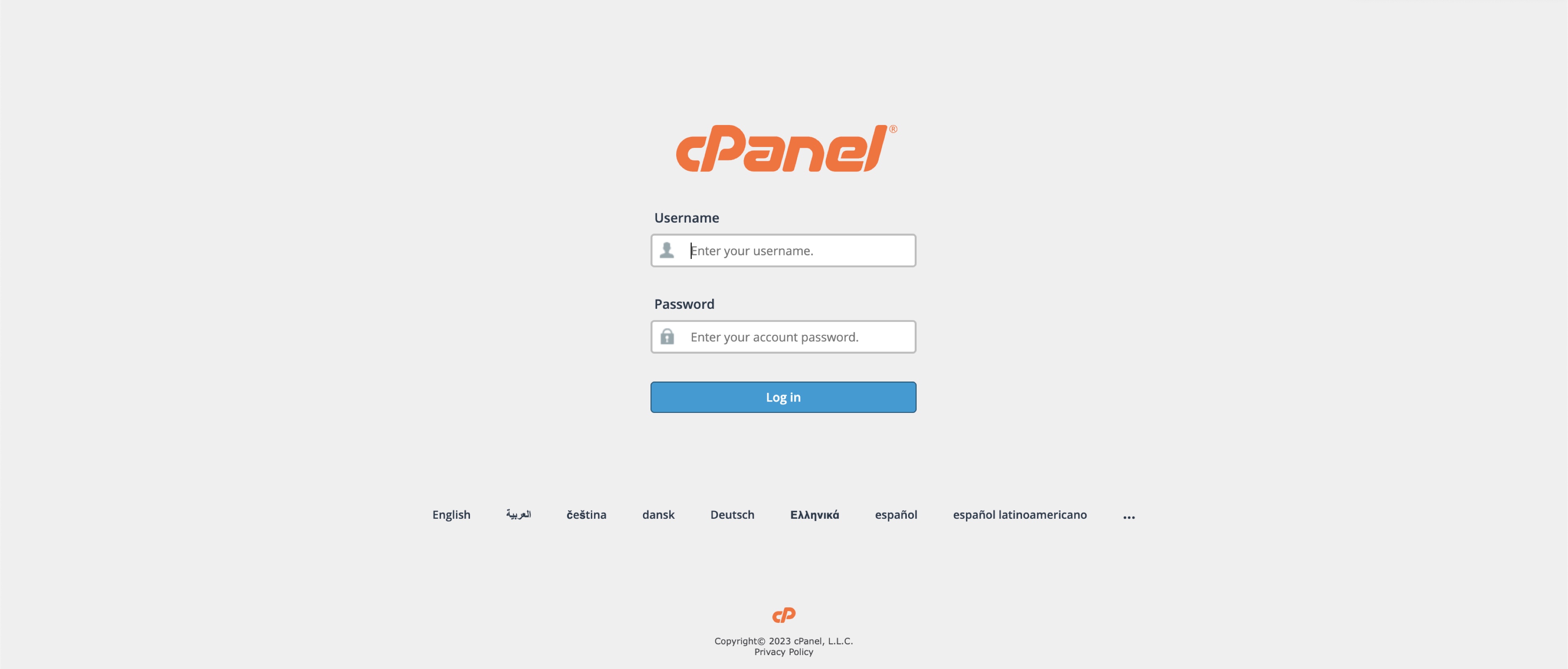
You will land on the dashboard page upon successful login, as illustrated in Figure 2 below.
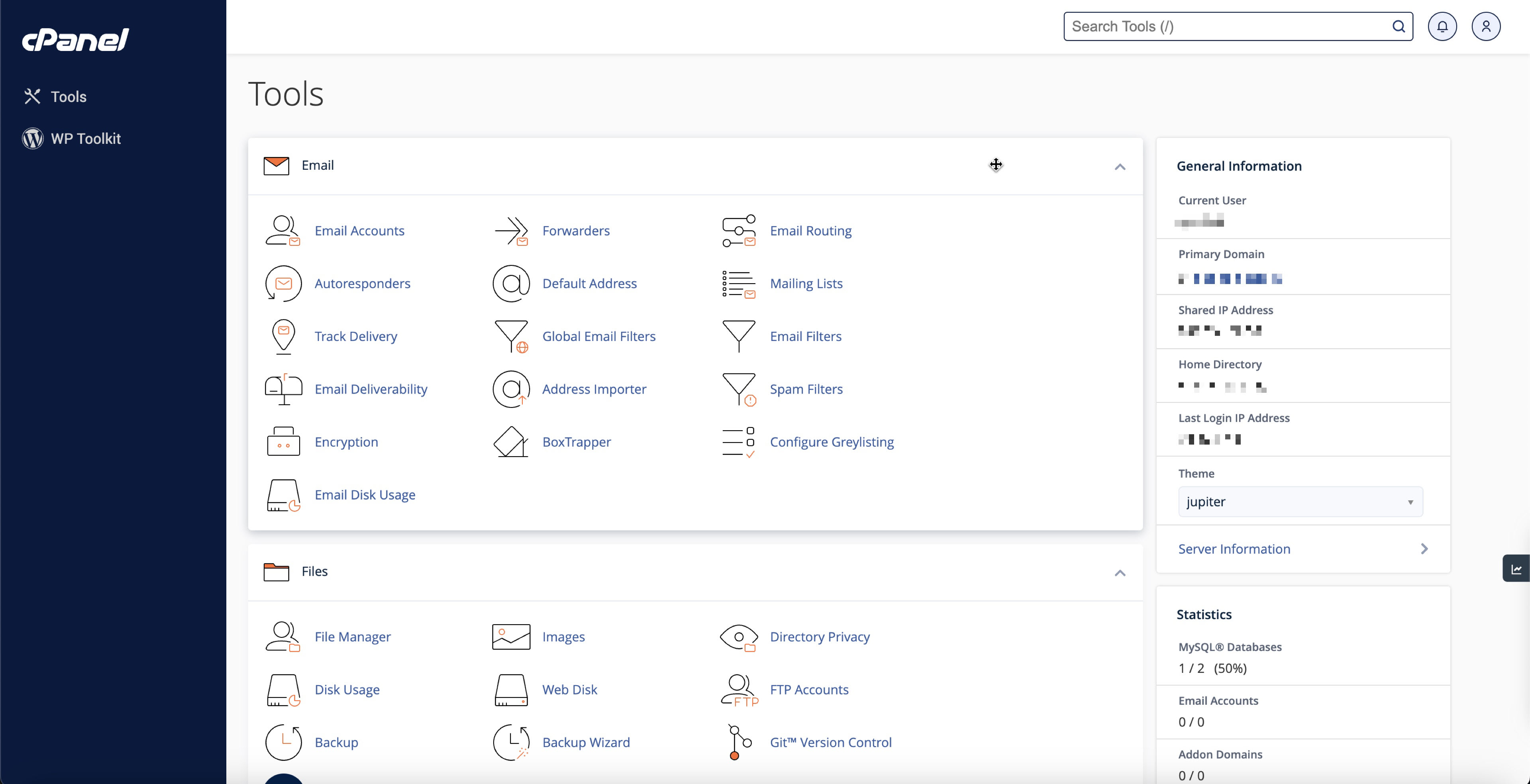
Section 2: Add FTP Account
The "FTP Accounts" section provides an overview of how many accounts have been created. Go to the Files section in the dashboard and click on the FTP Accounts link, as illustrated in Figure 3 below.
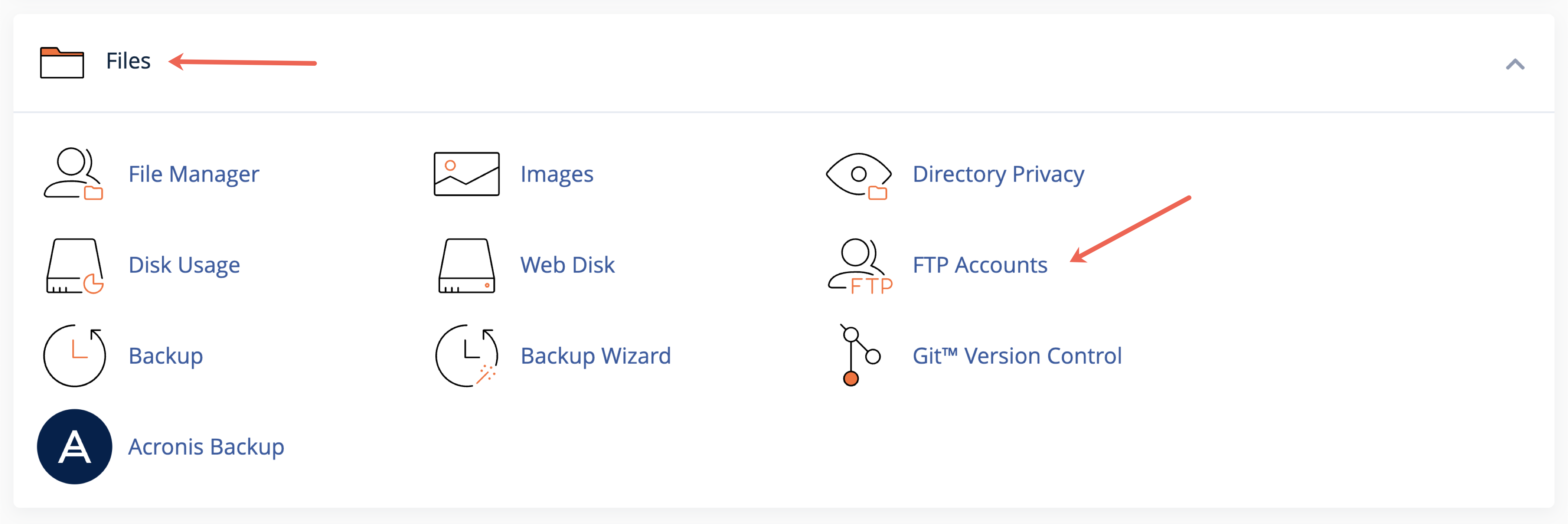
You will land on the page after clicking the FTP Accounts link, as illustrated in Figure 4 below.
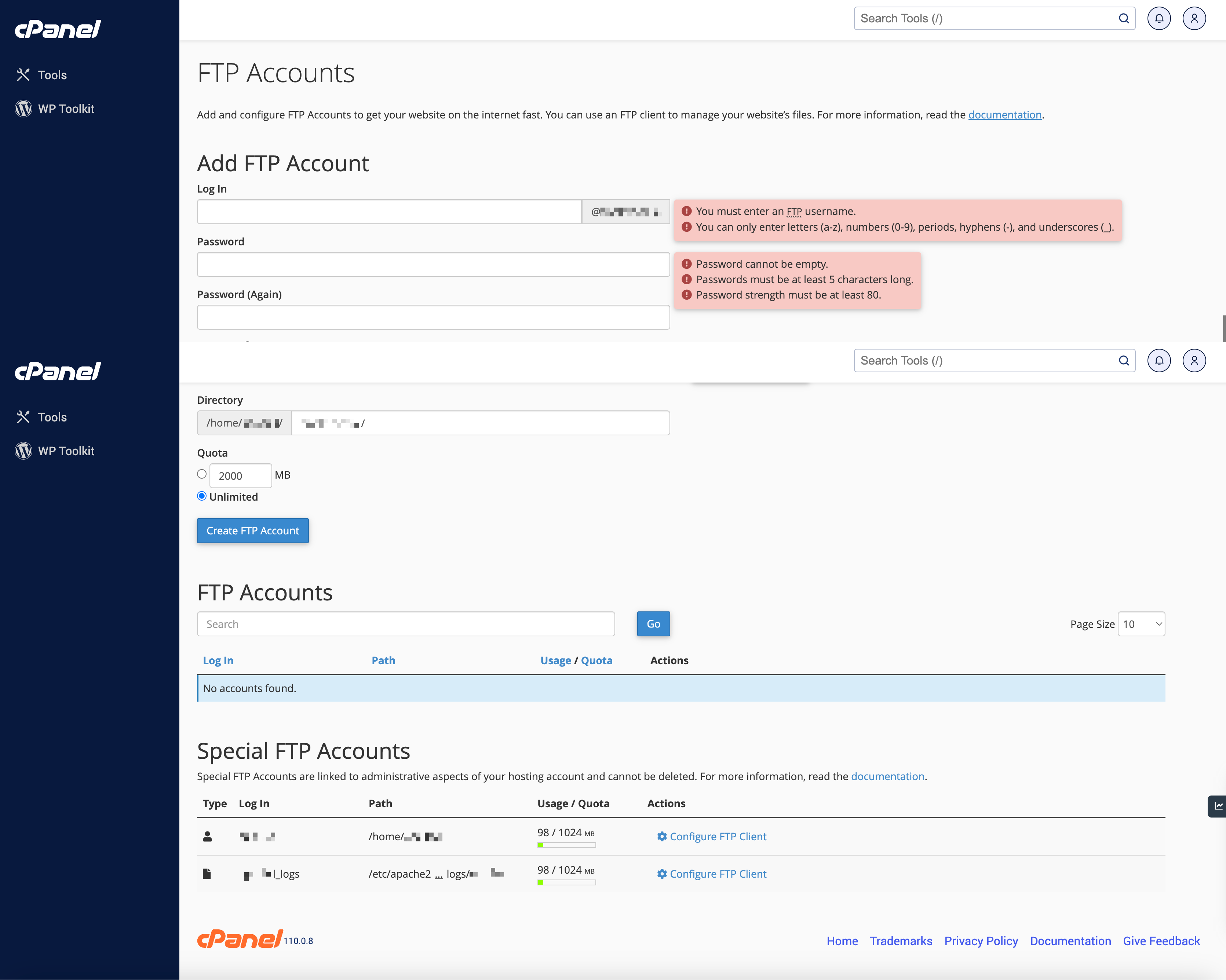
On the screen, you will find the Add FTP Accounts on the top of the screen. Just below it all the FTP accounts created in your hosting will be listed, and lastly, the special FTP Accounts will be listed, as illustrated in Figure 4 above.
To create an FTP account, follow the below steps:
- Enter the username in the Login text box. You can choose your own login name.
- Select the domain from the Domain menu. The primary domain will be selected by default.
- Enter and confirm the new password in the Password and Password (Again) text boxes. For password strength, you can also click on the Password Generator button to generate a strong password.
- Enter the FTP account’s home directory. The Directory text box defines the new FTP account’s top level of directory access. For example, if you enter an example in the Directory text box, the FTP account can access the /home/$user/example/ directory and all of its subdirectories.
- Enter the disk space quota or select Unlimited.
- Click the Create FTP Account button, as illustrated in Figure 4 above, and the new account will appear in the FTP Accounts table.
Section 3: FTP Account
The FTP Accounts table allows you to manage existing FTP accounts, as illustrated in Figure 4 above.
Section 4: Change Password
- Click Change Password for the FTP account that you want to change the password, as illustrated in Figure 5 below.
- Enter and confirm the new password in the Password and Password (Again) text boxes. You can also click Password Generator to generate a strong password.
- Click the Change Password button to save the changes.
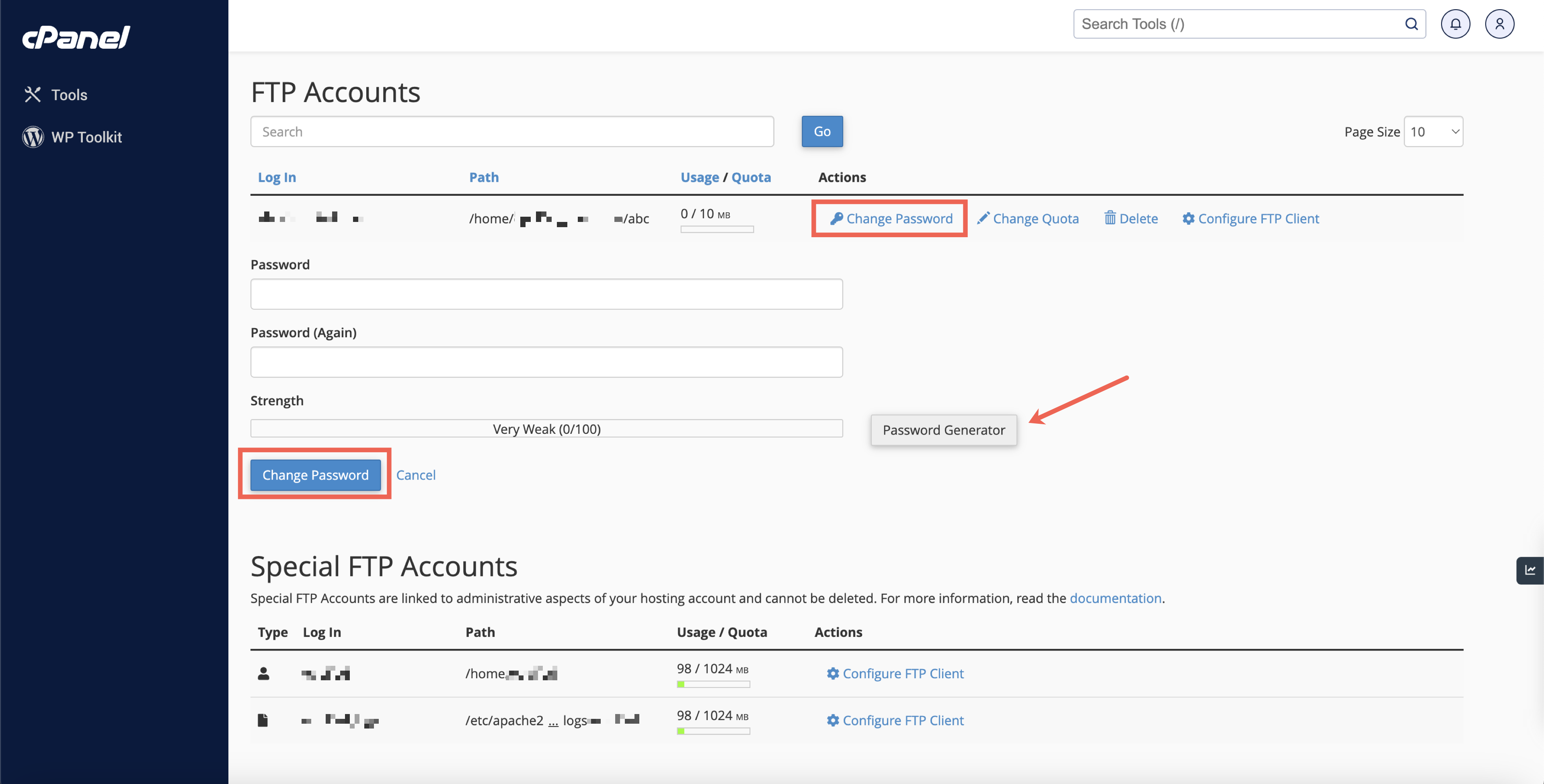
Section 5: Change Quota
- Click Change Quota for the desired FTP account, as illustrated in Figure 6 below.
- Enter the disk space quota or select Unlimited.
- Click the Change Quota button to save.

Section 6: Delete Account
- Click Delete for the FTP account that you wish to remove.
- Click the delete button.
Conclusion
Managing FTP accounts on your Linux Hosting via cPanel is straightforward when you know how to navigate the interface. This guide has provided step-by-step instructions to empower you to confidently take control of your FTP accounts.


























